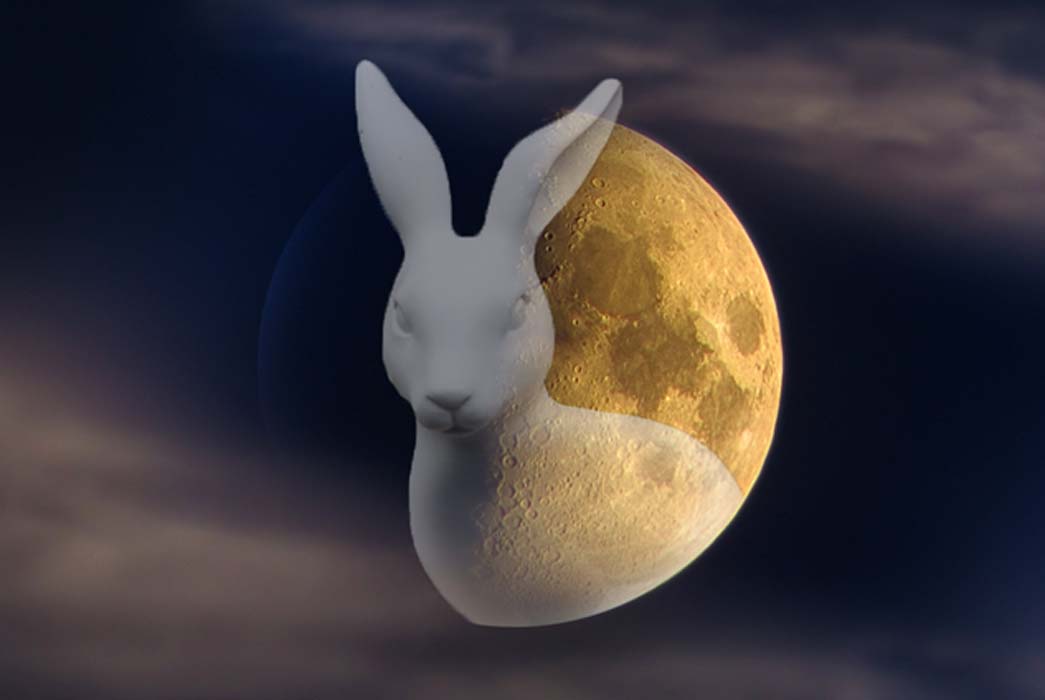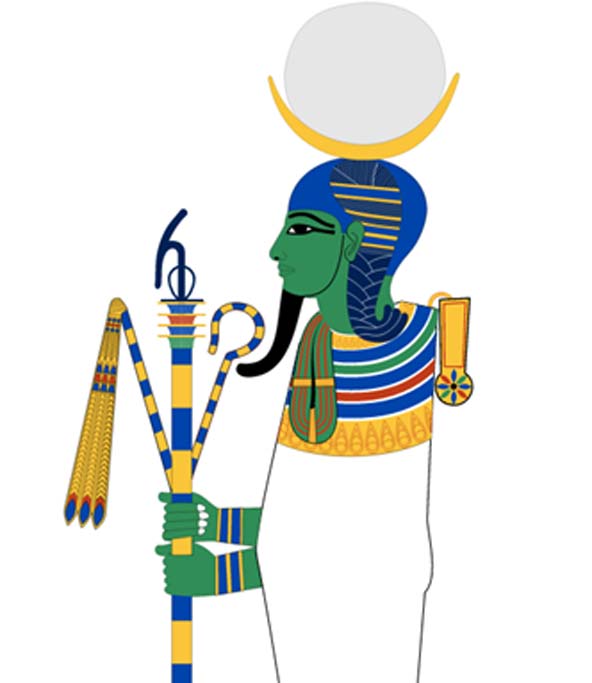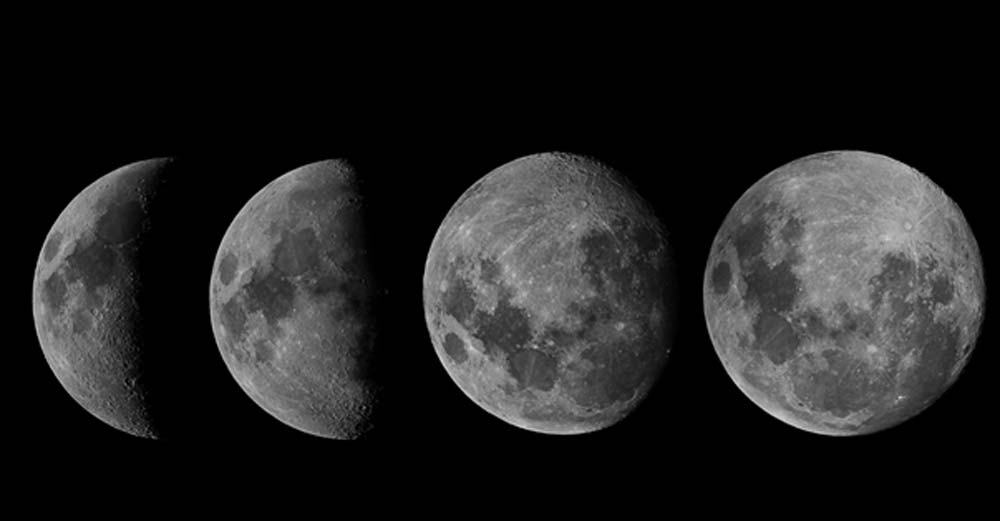
Gods, Goddesses and… Rabbits? The Surprising Ancient Myths of the Moon
Before the first moon landing in 1969, the Chinese moon goddess Chang'e was mentioned in the Apollo 11 Air-to-Ground Voice Transcription between the Spacecraft Center in Houston, Texas and the Apollo 11 crew. The center said, “Among the large headlines concerning Apollo this morning, there's one asking that you watch for a lovely girl with a big rabbit. An ancient legend says a beautiful Chinese girl called Chang-o has been living there for 4,000 years. It seems she was banished to the Moon because she stole the pill of immortality from her husband. You might also look for her companion, a large Chinese rabbit, who is easy to spot since he is always standing on his hind feet in the shade of a cinnamon tree. The name of the rabbit is not reported.” To this, astronaut Buzz Aldrin replied, “Okay. We'll keep a close eye out for the bunny girl.”
Of course, no one saw the “bunny girl”. However, even after the first moon landing decades ago, we still see the moon as a somewhat mysterious place with a wide-ranging variety of beings living in it—from aliens, gods and goddesses to rabbits! Many of the most well-known mythologies feature moon goddesses, such as the Greek goddesses Selene and Artemis as well as, of course, China’s Chang’e.

Selene (CC BY-SA 3.0)
Evidently, the moon is not an exclusively female domain as there also exist moon gods which include Ibis and Chonsu of Thebes. The rabbit in particular animal plays a large part in the lunar mythology and its symbolism, and its association with the moon is not as simple as we think.

Male Egyptian lunar deity Chonsu/Khonsu, depicted as a mummiform child with a moon disk on his head. (Public Domain)
Different Genders, Different Personalities: Male and Female Aspects of the Moon
A study of colonial period sources, Pre-Columbian iconography, and ethnographic data shows us the different roles played by male and female lunar deities. The multiplicity of lunar deities may reflect the many personalities of the moon as it undergoes a transformation over the course of a month and disappears for a short period during the new moon phase.

Four stages of the lunar cycle (Crescent, quarter, gibbous, full) (CC BY 2.0)




